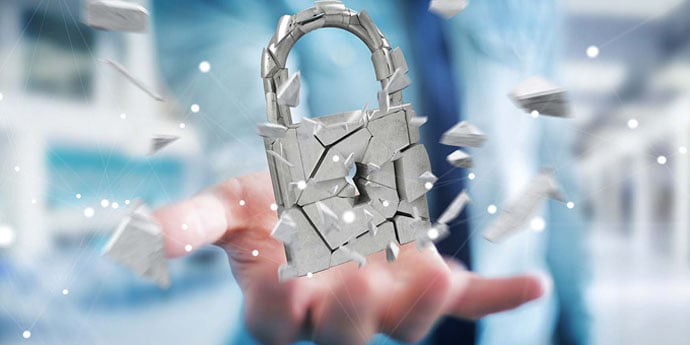
Post-breach remediation
Data breaches are something that in most recent years seems inevitable. Of the 39% of businesses that reported a cyberattack in 2022, 31% estimate being attacked at least once…
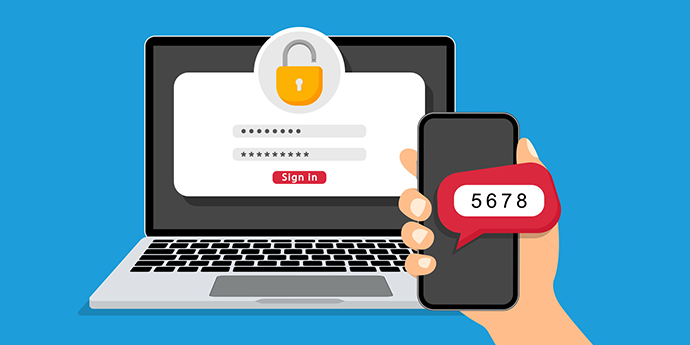
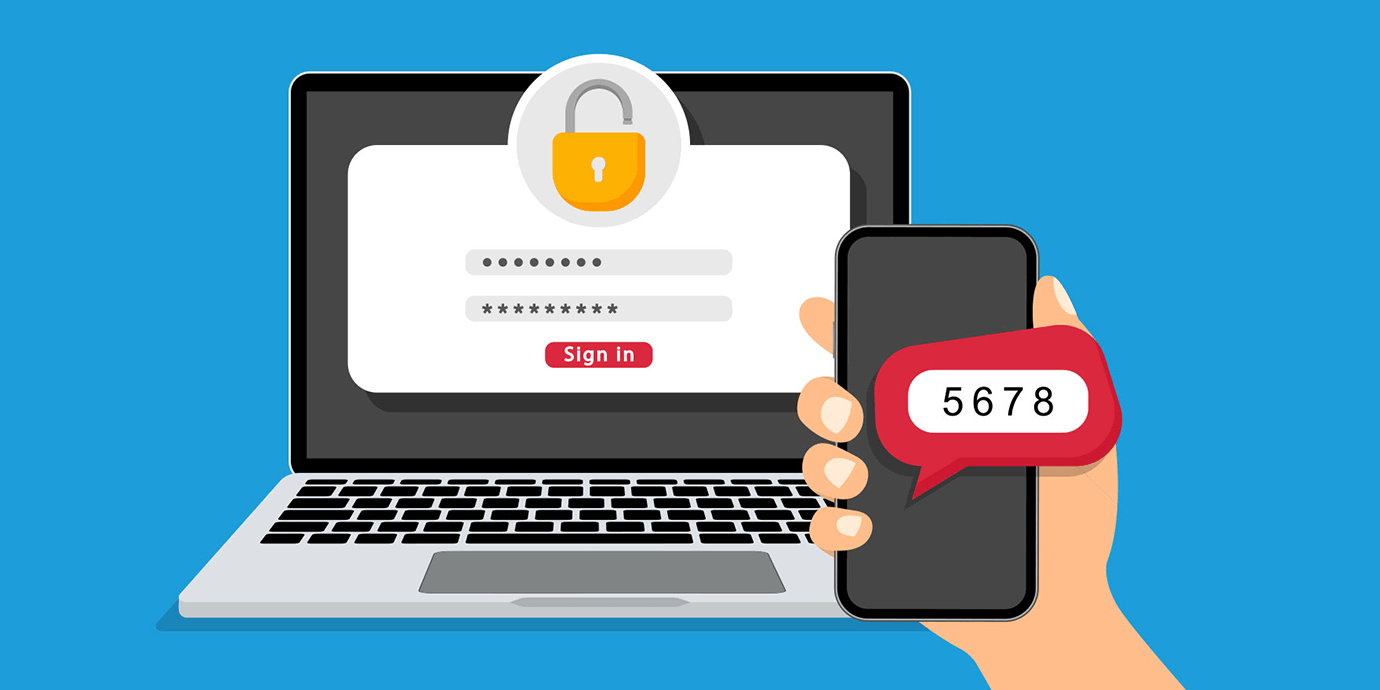
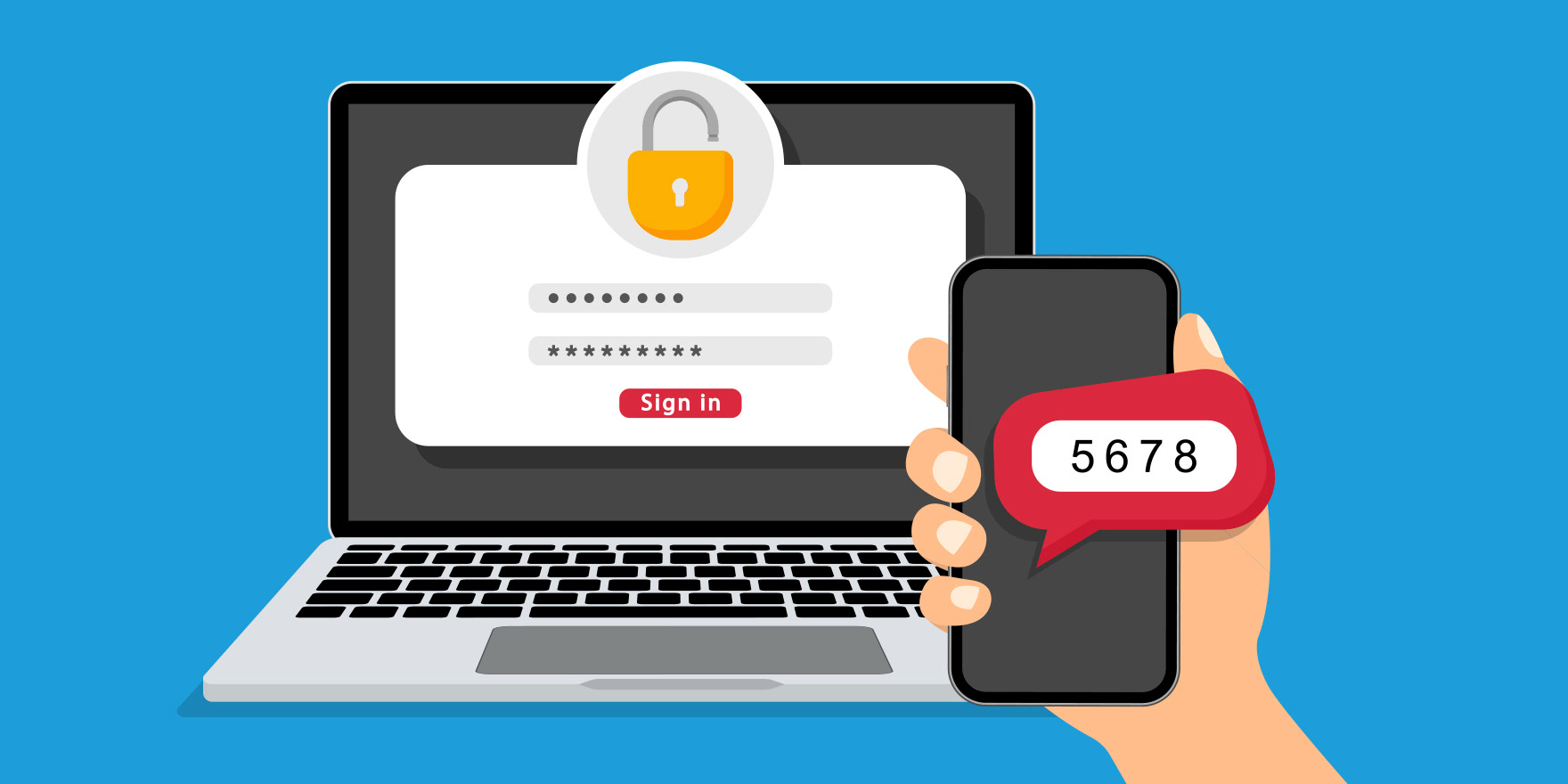

Rajnish Ghaly
Security Blogger
13th December 2022
Access control is fundamental to your cybersecurity. If you are unable to control who can access what, then your business is at risk of exposing sensitive and confidential information. Today, the simple use of passwords is not enough to prevent unauthorized access to online accounts and applications. Cybercriminals continue to use tried and tested methods to compromise user accounts, such as password spraying attacks and spear-phishing. Therefore, additional methods of security are needed.
Whether it’s to satisfy compliance requirements or to add another layer of security to protect user accounts, a multi-layered approach to your cybersecurity is best practice, and necessary to comply with regulatory standards, such as ISO 27001 and PCI DSS. Securing access to your accounts, network and sensitive data can be improved with multi-factor authentication (MFA).
In this blog, we define multi-factor authentication, how it secures accounts against unauthorized access and how to implement MFA.
MFA is a method of authentication that requires users to provide two or more forms of verification to access an online account. Multi-factor authentication is a multi-layered security measure designed to prevent hackers from accessing user accounts using stolen or shared credentials. For example, MFA is a code sent by SMS, email or generated by an authenticator app, or an answer to a predetermined security question that only the user will know.
It’s been reported that 75% of businesses have a password policy in place. However, only 37% of businesses require their employees to use MFA to access their network or applications. By implementing multi-factor authentication, you can prevent unauthorized access and consequently a data breach.
That’s why it's best practice to enable MFA wherever possible. It should also be included in password policies and security awareness training, to reinforce its value for staff as a key security tool. It might be slightly more time-consuming for logins, however, an extra four seconds to authenticate your identity will make your security stronger and outweigh the cost of dealing with an attack or data breach.
Here are four key reasons why you should use multi-factor authentication:
Effective multi-factor authentication should include two or more of the following verification methods:
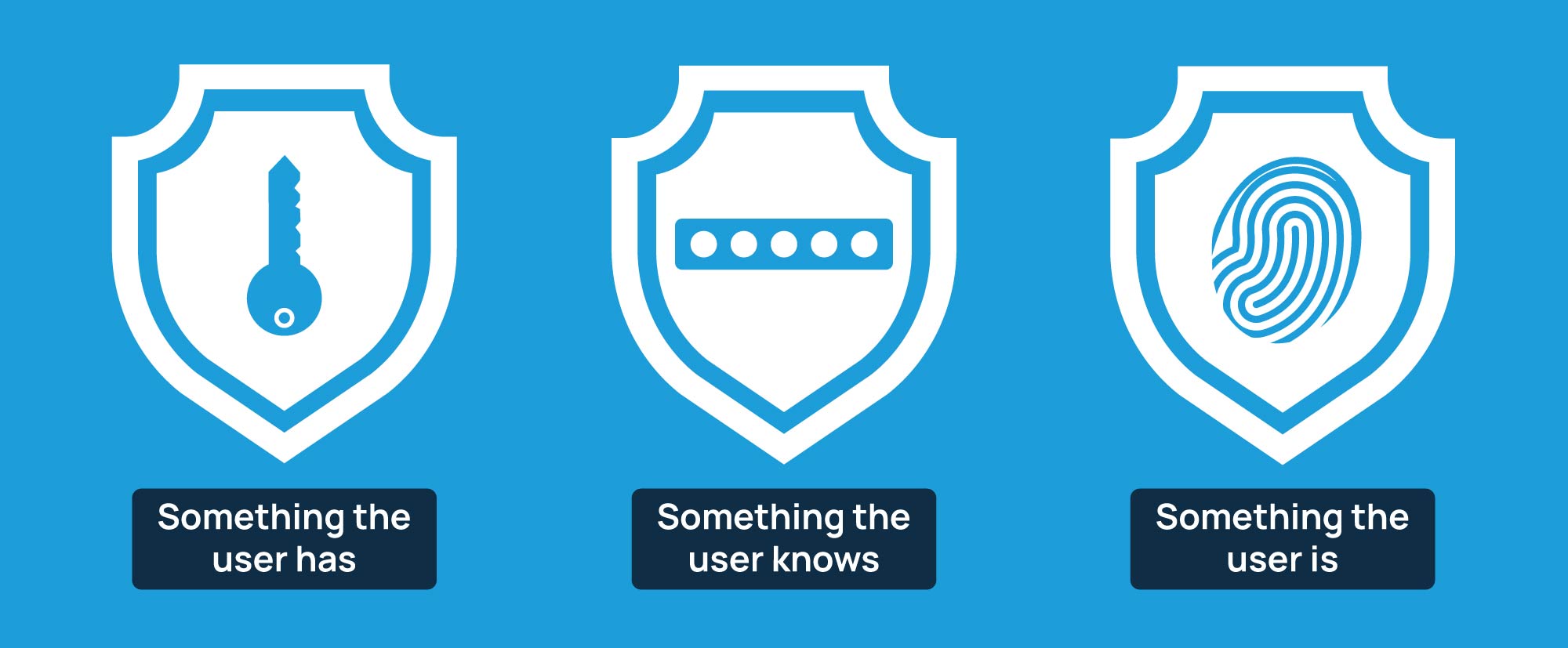
Implementing MFA is a straightforward process. For example, Microsoft 365 allows you to simply switch on an option to set up and receive notifications for verifications. This can also be linked to the Microsoft Authenticator app.
Multi-factor authentication isn’t a silver bullet that will completely protect your account from unauthorized access. Your organization cannot guarantee that a single layer of security will protect it from potential security threats. That’s why a defense-in-depth model should be considered. A defense-in-depth strategy is a layered approach to security that provides additional levels of protection to prevent cyber threats, should your first line of defense fail. For example, endpoint protection, encryption, firewalls, vulnerability scanning, and employee security training should all be considered as part of a mature security strategy.

Rajnish Ghaly
Security Blogger
Share this article

Data breaches are something that in most recent years seems inevitable. Of the 39% of businesses that reported a cyberattack in 2022, 31% estimate being attacked at least once…
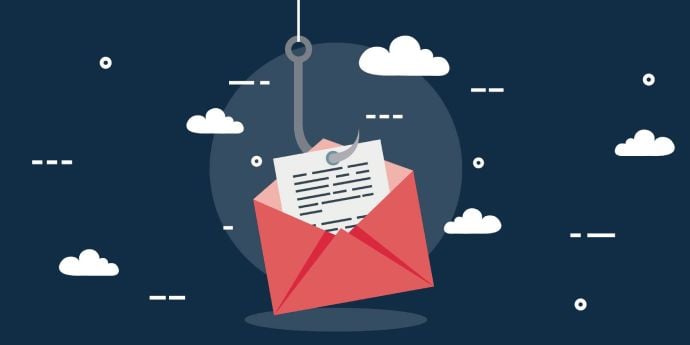
Among the many attack vectors at the disposal of cybercriminals, phishing remains the easiest and most common method of attack.…
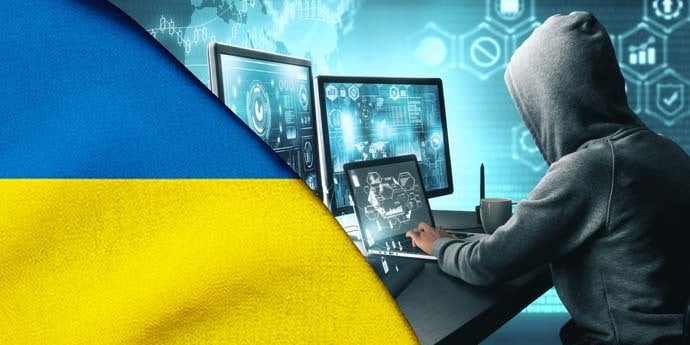
Cyberwarfare is a present-day threat when conflict between two nations develop, with cyberattacks targeting government departments…
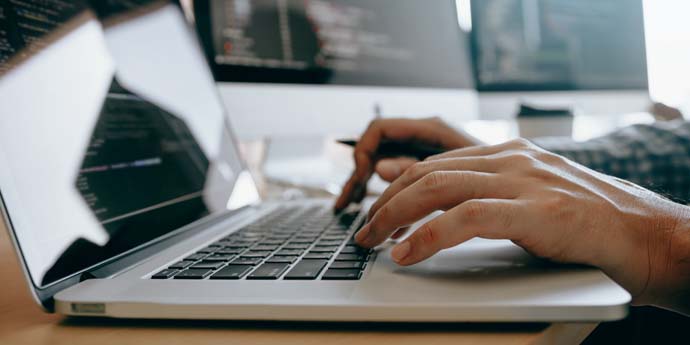
Looking back over the data from the past year always brings mixed feelings. There’s a sense of great achievement as we see unique technologies…
Get actionable cyber security advice and insights straight to your inbox.